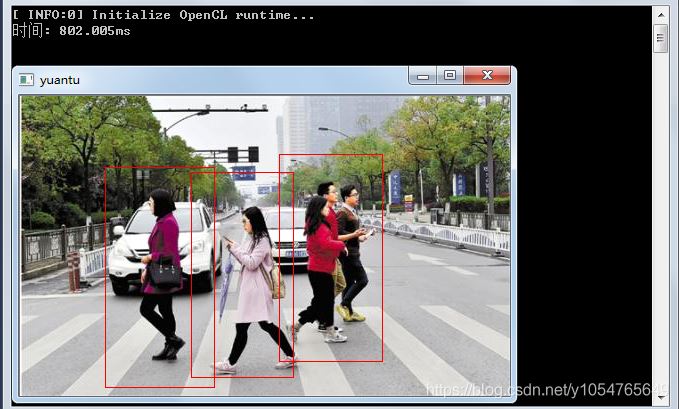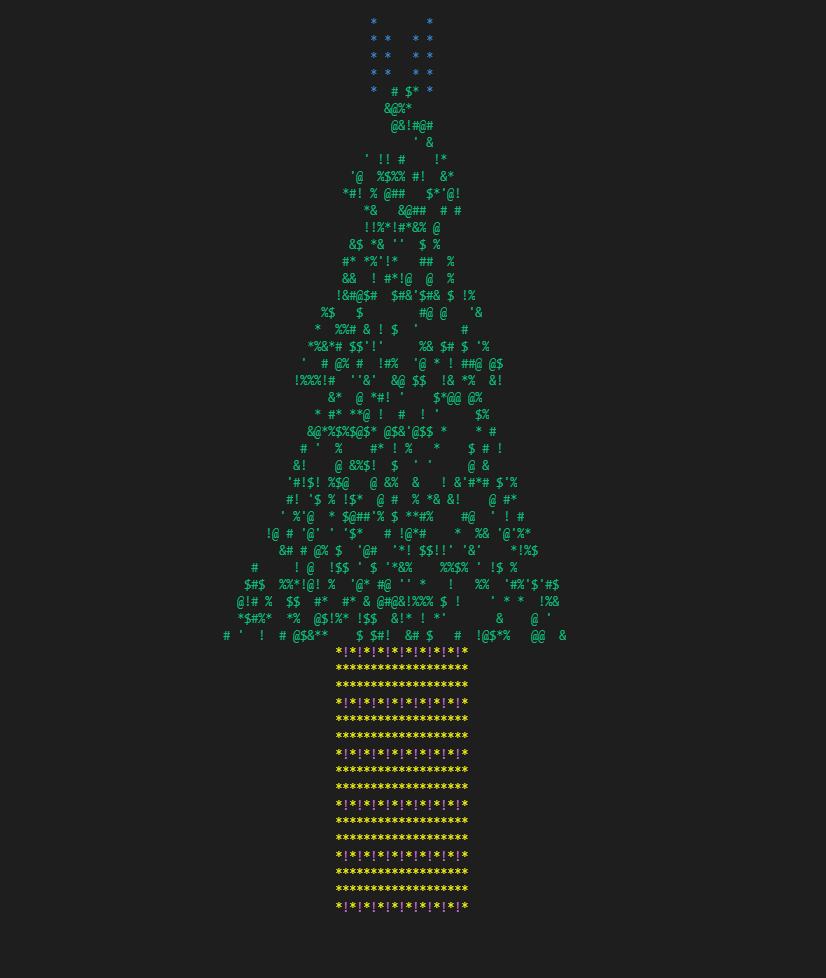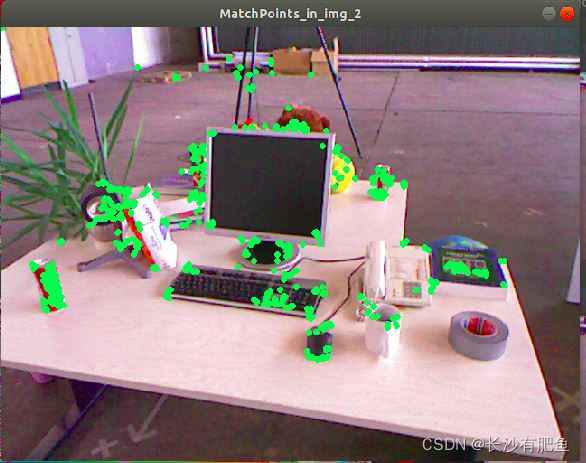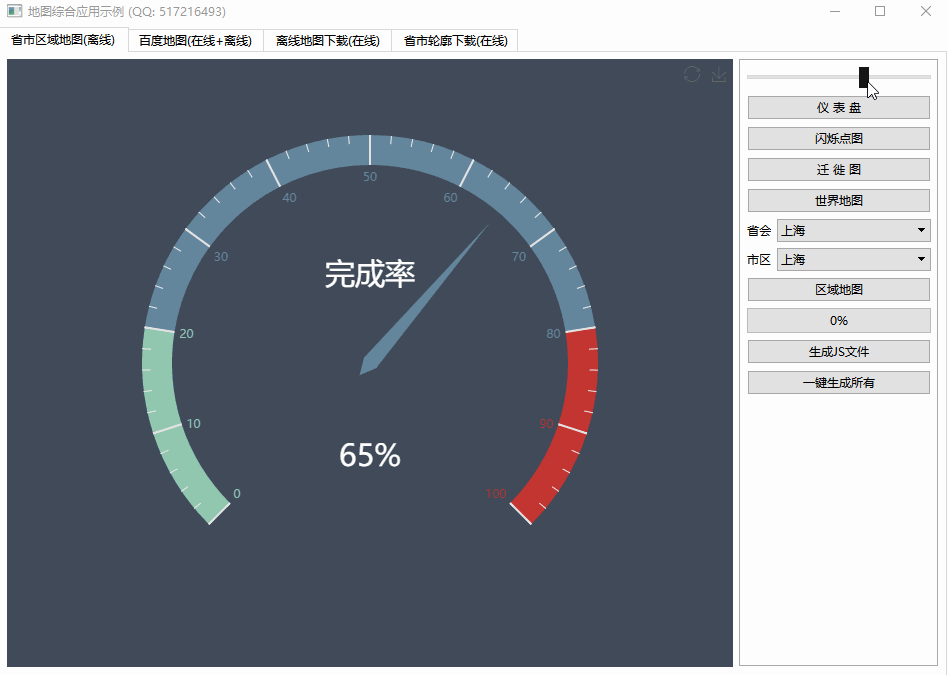Topological sort using DFS without recursion(使用没有递归的 DFS 进行拓扑排序)
问题描述
I know the common way to do a topological sort is using DFS with recursion. But how would you do it using stack<int> instead of recursion? I need to obtain the reversed post-order but I'm kinda stuck:
The graph is a vector<vector<int> > adjacency list
The following is the DFS which I want to use for topological sort
bool visited[MAX]={0};
stack<int> dfs, postOrder;
vector<int> newVec;
vector<int>::iterator it;
for(int i=0;i<MAX;i++){
if(visited[i]==false){
dfs.push(i);
}
while(!dfs.empty()){
int node=dfs.top();
dfs.pop();
visited[node]=true;
newVec=graph[node]; //vector of neighboors
for(it=newVec.begin();it!=newVec.end();it++){
int son=*it;
if(visited[son]==false){
dfs.push(son);
}
}
}
}
In order to construct the postOrder list you need to know the time when your algorithm has finished processing the last child of node k.
One way to figure out when you have popped the last child off the stack is to put special marks on the stack to indicate spots where the children of a particular node are starting. You could change the type of your dfs stack to vector<pair<bool,int>>. When the bool is set to true, it indicates a parent; false indicates a child.
When you pop a "child pair" (i.e. one with the first member of the pair set to false) off the stack, you run the code that you currently have, i.e. push all their children onto the stack with your for loop. Before entering the for loop, however, you should push make_pair(true, node) onto the stack to mark the beginning of all children of this node.
When you pop a "parent pair" off the stack, you push the parent index onto the postOrder, and move on:
vector<vector<int> > graph;
vector<bool> visited(max);
stack<pair<bool,int>> dfs;
stack<int> postOrder;
for(int i=0 ; i < max ; i++){
if(!visited[i]){
dfs.push(make_pair(false,i));
}
while(!dfs.empty()){
pair<bool,int> node=dfs.top();
dfs.pop();
if (node.first) {
postOrder.push(node.second);
continue;
}
if (visited[node.second]) {
continue;
}
visited[node.second]=true;
dfs.push(make_pair(true, node.second));
const auto& newVec=graph[node.second]; //vector of neighboors
for(const auto son: newVec){
if(!visited[son]){
dfs.push(make_pair(false, son));
}
}
}
}
Demo on ideone.
这篇关于使用没有递归的 DFS 进行拓扑排序的文章就介绍到这了,希望我们推荐的答案对大家有所帮助,也希望大家多多支持编程学习网!
本文标题为:使用没有递归的 DFS 进行拓扑排序


- XML Schema 到 C++ 类 2022-01-01
- GDB 不显示函数名 2022-01-01
- 将函数的返回值分配给引用 C++? 2022-01-01
- 哪个更快:if (bool) 或 if(int)? 2022-01-01
- 从父 CMakeLists.txt 覆盖 CMake 中的默认选项(...)值 2021-01-01
- 如何提取 __VA_ARGS__? 2022-01-01
- DoEvents 等效于 C++? 2021-01-01
- 使用 __stdcall & 调用 DLLVS2013 中的 GetProcAddress() 2021-01-01
- 将 hdc 内容复制到位图 2022-09-04
- OpenGL 对象的 RAII 包装器 2021-01-01





